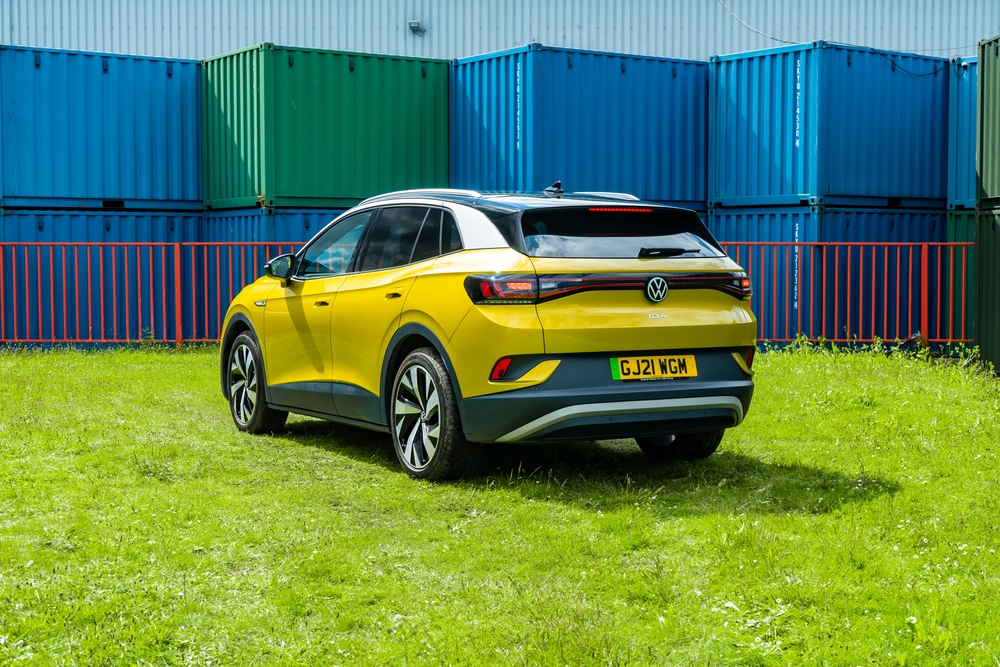Electric vehicles are welcomed as the future of transportation. However, the UK has not adopted it quickly enough to meet Net-Zero’s targets by 2050.
Professor Rohit Bhagat, director of the Research Center at the E-Mobility and Clean Growth Research Center (CECG) at Coventry University, explains some of the challenges that slow EV adoption and how it supports the transition to low-carbon transport.
EV adoption is underway, but not at the speed required
Of the 42 million vehicles on the UK Road, only 1.3 million have completely electricity. Almost a fifth of new vehicle registrations in 2024 are zero-emission vehicles, and we hope that adoption of EVs is on the rise.
However, given rising fuel costs, increased environmental awareness and general support for sustainability, many may have expected a faster switch.
The UK is progressing, but is still behind global leaders such as China and Scandinavian countries. The ambitious target of phase-out of gasoline and diesel vehicles by 2035 remains merely spoken words unless the government encourages the public to move through stronger incentives.
What is suppressing your intake?
Range anxiety and access to charging remains a critical concern. Many drivers are unsure whether they can easily access the charger if needed, like gas stations.
After that, there is a charging time. A fast fuel stop may take several minutes, but it may take more than 30 minutes to charge your EV. Furthermore, higher advance costs continue to block potential buyers.
We live in a society that moves at full speed and lacks patience, so long waits at the charging point don’t fit into a busy schedule. There are currently more EV chargers in the UK than gas stations, but slow and inconvenient access is a continuing problem.
To get closer to EVS charging on the move, CECG’s Transportation and Urban Research Centre (FTC) is helping to develop technology to wirelessly charge electric vehicles as they pass through metal coils embedded in roads. Designed for buses, taxis and delivery vans, the technology allows vehicles to continue driving without long charge stops, reducing emissions while reflecting the reality of urban transport where every minute is critical.
For many people living in urban areas without driveways or garages, charging an EV at home can be really difficult. In Coventry, 47% of households do not have off-street parking, so the FTC supports leveling up Coventry’s EV adoption. As part of this, CECG can try out mobile charging units that can be used anywhere and develop tools to help map urban planners where chargers are most needed.
Residual value
A good understanding of traditional car used values allows leasing and PCP to work effectively based on years of understanding. Batteries represent up to 50% of the cost of an EV, so the residual performance of a battery pack is directly linked to the residual value of the car.
Therefore, EVs usually have lower residual values as people need to be sure the battery will last. Additionally, EV insurance costs are higher as they are likely to be amortized in the event of an accident.
Mixed Technology Approach
That said, battery-powered EVs cannot be narrowed down as the only option. Perhaps the biggest thing I’ve learned so far about technology is that what works today can be replaced tomorrow. Large-scale decarburizing transport requires a mix of technologies, particularly for freight, aviation and other high-demand sectors.
Every day, we open our minds and push the limits of what is possible. Because a journey to Net Zero cannot be solved by one technology. The Clean Futures program reflects this as it funds and guides businesses in the development of various types of green transport technologies. The program also thoroughly explores various energy pathways, from trials on zero-emission electric cargo vehicles across Europe to the development of hydrogen propulsion for future aircraft equipped with Zero Avia.
Seducing EV adoption is something you need to get closer to your target, but ultimately, the path to net zero isn’t just one technology wins. It involves building transportation systems that are flexible enough to meet diverse needs, reducing emissions in all sectors, and adapting quickly as new breakthroughs emerge.
Source link

